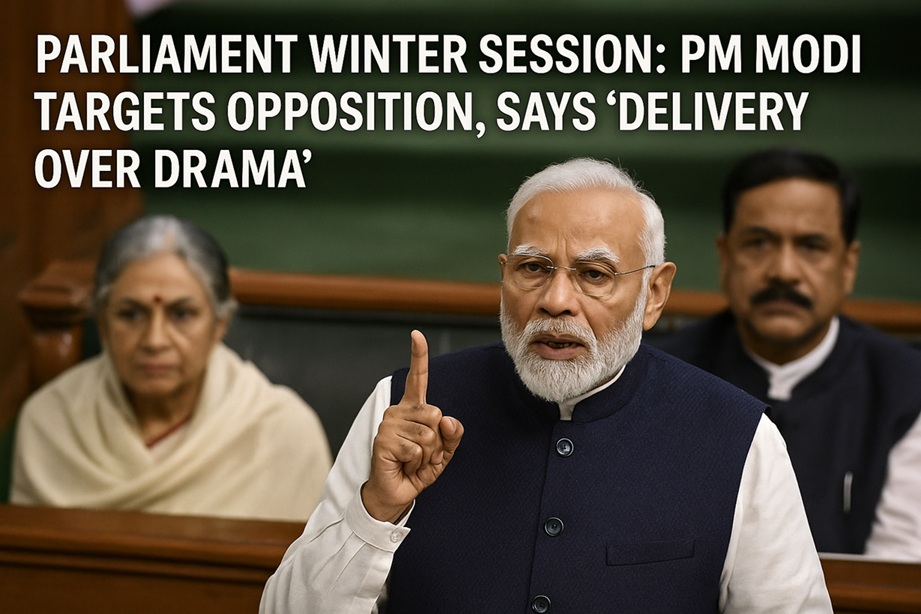The Aam Aadmi Party (AAP) is preparing for a significant transition in Delhi’s political leadership. With Arvind Kejriwal’s resignation and the announcement of Atishi Marlena as the next Chief Minister, AAP has shifted into election mode for both Delhi and Haryana. The swearing-in ceremony of Atishi and five ministers is scheduled for September 21, 2024, marking the beginning of a new era for the party in Delhi.
Atishi Marlena: The New Face of AAP Leadership
Atishi Marlena, a key figure in AAP’s education reforms, is set to take over as the Chief Minister of Delhi. Her appointment comes at a time when the party is navigating multiple challenges, both internally and externally. Known for her work in improving Delhi’s public school system, Atishi has been one of AAP’s most visible and respected leaders, which makes her a strong candidate to lead the party into its next phase.
Atishi will be joined by five ministers in her cabinet:
- Gopal Rai – Known for his role in labor and employment issues.
- Saurabh Bhardwaj – A key player in AAP’s health and governance initiatives.
- Kailash Gehlot – Overseeing transport and infrastructure.
- Imran Hussain – Focused on environmental issues.
- Mukesh Ahlawat – A relative newcomer but expected to bring fresh energy to the cabinet.
The Empty Seat: A Strategic Decision
Interestingly, AAP has chosen to leave one cabinet seat vacant, sparking speculation about the internal power dynamics within the party. This move has raised questions about who will eventually fill this position, and whether it reflects deeper divisions among AAP’s leadership. Kejriwal has always been a shrewd strategist, and it is possible that the vacant seat is part of his larger plan to manage expectations and maintain control over the party.
Several names have been floated for the vacant ministerial seat, with prominent AAP members like Rakhi Birla, Kuldeep Kumar, and Ravi from Karol Bagh being mentioned as possible contenders. However, Kejriwal’s strategy of keeping the position open has left many within the party dissatisfied, leading to tensions among senior leaders who had hoped to be included in the cabinet.
Arvind Kejriwal: What’s Next After Resignation?
Arvind Kejriwal, the face of AAP for over a decade, resigned from his position as Delhi Chief Minister on September 17, 2024. His resignation has led to widespread speculation about his future role in the party and his political strategy. Kejriwal remains at the center of AAP’s decision-making process, and his influence is expected to persist even as he steps away from day-to-day governance.
Kejriwal’s focus appears to be on the Haryana elections, where he is expected to spearhead AAP’s campaign. The elections in Haryana are critical for AAP, as they will provide a chance for the party to expand its influence beyond Delhi and Punjab. Kejriwal is reportedly planning to spend the majority of his time in Haryana over the next few weeks, focusing on building AAP’s presence in key regions like Gurgaon and Faridabad.
The Impact on the Delhi Elections
While AAP is currently in power in Delhi, the upcoming elections present a significant challenge. Kejriwal’s departure has opened the door for both the BJP and Congress to intensify their campaigns in the capital. AAP’s electoral strategy will focus heavily on women voters, with a new welfare scheme that promises financial aid to women being at the forefront of their campaign.
This move is seen as a way to secure a key voter base, especially as Congress has gained ground in Delhi’s Dalit and Muslim neighborhoods. Kejriwal’s team is aware that losing the support of these communities could jeopardize AAP’s chances in the next election. The Congress party’s recent surge in these areas, along with the BJP’s aggressive campaigning, has made the Delhi elections more competitive than ever.
Kejriwal’s Calculations: A Two-Pronged Strategy
Kejriwal’s current political strategy appears to be twofold: secure AAP’s position in Delhi while preparing for a major push in Haryana. His involvement in the Haryana elections is aimed at expanding AAP’s influence, but it also carries significant risks. A poor showing in Haryana could weaken AAP’s standing in Delhi, particularly in regions close to the Haryana border, like Gurgaon and Faridabad.
Kejriwal’s political career has always been marked by bold decisions, and his latest moves are no different. He is banking on the success of the welfare schemes introduced during his tenure as Chief Minister to win over voters in both Delhi and Haryana. However, there is concern within the party that if AAP fails to perform well in Haryana, it could tarnish Kejriwal’s reputation and reduce his influence in Delhi politics.
The Role of Welfare Schemes in AAP’s Campaign
One of the cornerstones of AAP’s electoral strategy in Delhi has been its welfare schemes. Free electricity, water, and education reforms have been central to the party’s messaging, and they continue to play a significant role in AAP’s appeal to voters. However, critics argue that these schemes have created a dependency on freebies, without addressing deeper issues like job creation and infrastructure development.
The new financial aid scheme for women is a clear attempt to solidify AAP’s support among female voters. If successful, it could give AAP a crucial edge in the upcoming Delhi elections. However, both Congress and BJP have recognized the importance of the women’s vote and are introducing their own competing schemes, creating a fierce contest for this key demographic.
Internal Party Tensions: The Struggle for Influence
Behind the scenes, AAP is dealing with internal tensions as senior leaders vie for influence in the post-Kejriwal era. Kejriwal’s decision to leave one cabinet seat vacant has exacerbated these tensions, with several party members feeling sidelined. Leaders like Durgesh Pathak, Sanjeev Jha, and Somnath Bharti were reportedly hopeful of securing a ministerial position, but the current cabinet selections have left them disappointed.
This internal power struggle could weaken AAP’s unity ahead of the elections. Kejriwal’s departure from the role of Chief Minister has left a leadership vacuum that Atishi will need to fill quickly if the party is to maintain its hold on Delhi. The success of her administration will depend not only on her governance but also on her ability to manage these internal dynamics.
AAP’s Road Ahead
The political landscape in Delhi is entering a new phase, with Atishi Marlena poised to take over as Chief Minister and lead AAP into the next election cycle. Arvind Kejriwal’s resignation and his focus on Haryana represent a calculated risk, as he seeks to expand the party’s influence beyond its traditional strongholds. However, the challenges are significant, both from internal party tensions and the growing competition from Congress and BJP.
The next few months will be crucial for AAP as it prepares for elections in both Delhi and Haryana. The party’s ability to navigate these challenges will determine whether it can maintain its dominance in Delhi and establish a foothold in Haryana, or whether it will face setbacks that could redefine its future.
With Atishi at the helm, AAP’s future looks both promising and uncertain. As the party moves forward, it will need to balance bold electoral strategies with careful internal management to ensure that it remains a formidable force in Indian politics.





